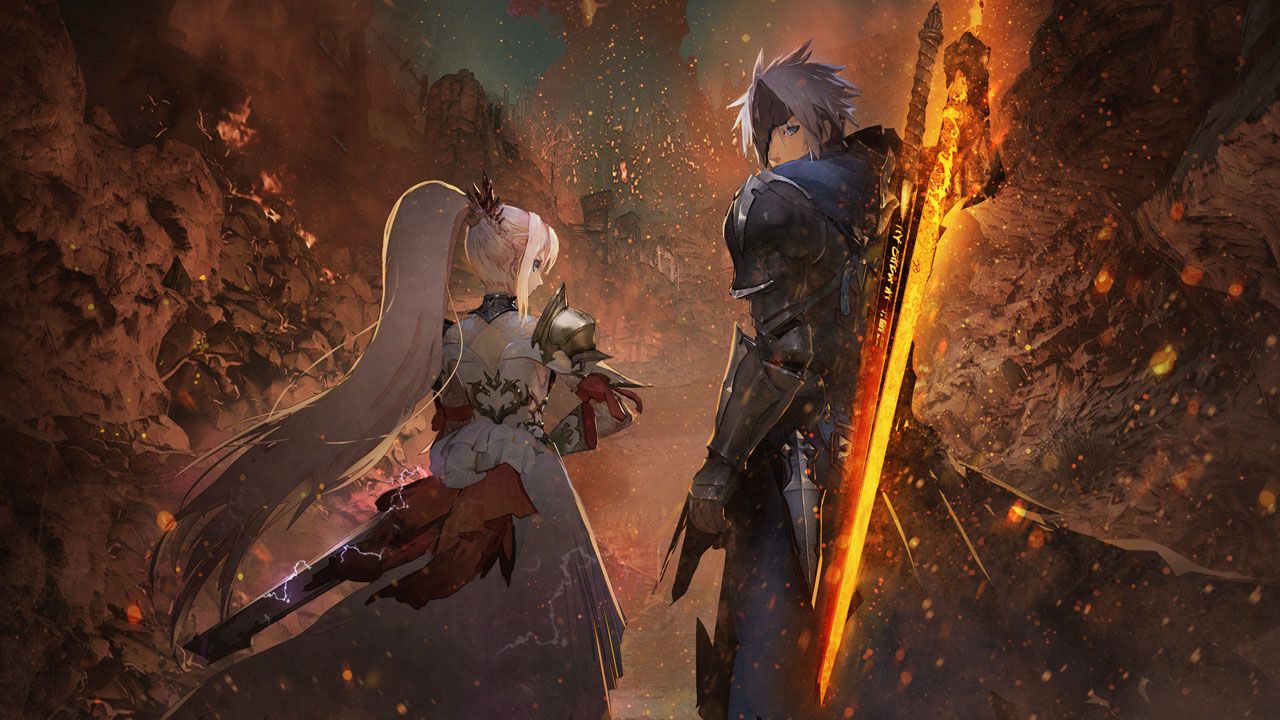

Through this, titles that have been obtained for all characters can be retained and used as soon as the character joins the party in a new game, which in turn allows their stat growth to make use of titles which would otherwise be unavailable until endgame.Īs the first game in the series that renders characters with 3D models, Tales of Symphonia attaches a new function to certain titles, the ability to change a character's appearance through costume changes. However, Tales of Destiny 2 also introduces another traditional feature of the series, the Grade Shop, which enables the player to start successive playthroughs with certain things carried from the previous playthroughs. Due to the limited times a character can level up in a given playthrough, title choice becomes vital in optimizing stats for each character, and it becomes necessary to find the best titles for the intended primary stats the player chooses for that character before his or her level becomes too high during a first playthrough. Each title provides a boost or reduction of specific statistics, which are added to the calculation of each stat upon leveling up. Tales of Destiny 2 introduces the concept of associating each title with additional bonuses and penalties which alter character stat growth. However, like the early games, the titles are purely aesthetic and serve no purpose other than benchmarking progress and rewarding sidequests and minigames. Titles in Tales of Eternia work the same way as in the PlayStation version of Tales of Phantasia.Īs one of the additions to the original game, titles are integrated into the PlayStation 2 remake of Tales of Destiny.

Rather than being associated solely with character level progress or completion challenges, titles are also granted as an incentive for completing various sidequests or progressing with the main story. But when Tales of Phantasia received a remake for the PlayStation, it reintroduced titles to the series, this time as a function that is available to all playable characters.Īs one of several significant upgrades to the general gameplay mechanics that had existed in the first game of the series, titles are now bound to the characters and can be changed at will through the menu screen. Initially, the concept of titles was not seen as a tradition, and it was excluded from the original PlayStation version of Tales of Destiny, which instead introduced several other concepts that became traditions of their own right. Titles are obtained by talking to one of two soldiers stationed at Alvanista and at Euclid, acting as intermediaries for detailing the player's progress while providing a service that allows Cress to exchange his currently active title for another that he has earned.

For this reason, the titles of this and other early games are purely aesthetic and have no impact upon gameplay itself. The original concept of titles is essentially identical to the modern gaming concept of achievements, a purely motivational set of benchmarks and goals that encourage players to continue playing the game until they achieve completion of all objectives. In this game, titles are exclusive to Cress Albane, due to his status as the only player-controlled character.

Titles have been part of the series since its beginning, appearing in its most basic form in the original Super Famicom version of Tales of Phantasia. 1.11 Tales of Xillia and Tales of Xillia 2Īppearances in Original Titles Tales of Phantasia and Tales of Eternia.1.1 Tales of Phantasia and Tales of Eternia.


 0 kommentar(er)
0 kommentar(er)
